We sat on a tarp sorting through our trash. Everyone had on dish gloves and rainboots. It wasn’t particularly trashy trash, it was only from the last week, but it still was stinky and gross. And, the idea of going through it was incredibly unpopular with my four children. Still, trash day was the next day and we wanted to get this done.
The whole idea had started with a school assignment for our fourth and sixth graders to record the family’s trash. They were learning about the human impact on the environment and had been challenged to see how they could reduce their waste. After being shown images of seagulls trapped in soft drink plastic rings, sea turtles (with missing limbs) tangled in plastic shopping bags and videos of destroyed ecosystems ruined by fracking and fossil fuel harvesting, both of our biggest girls had come to us in tears.
How could humans be destroying the earth?
We looked up more information and told them that, yes, it was serious but we could do something about it. Then we showed them even more photos, videos, and reports on how climate change would be irreversible if everything didn’t change right away (I’m paraphrasing… that was the take away though). They were terrified, angry, and sad.
We HAD to do something, they said.
As part of our Do One Thing Challenge, we decided to work on reducing our family’s waste, which led us to sorting our trash. Going through our trash gave us a real visual of just what our family’s waste looked like and exactly what we could change. Our goal was to see how we could shift our shopping and trashing habits for the better.
Explaining Climate Change Can Be Too Much for Kids
Unfortunately though, our approach combined with the school’s curriculum, scared our children. They couldn’t get the images of wounded animals out of their minds and they were consumed with guilt for having unknowingly contributed to hurting the earth they love and the innocent creatures they share it with.
It wasn’t for just a few days either. Months and even years later they would bring it up, sometimes in the middle of the night needing a hug and a cry after a nightmare of the world burning.
Whoops.
We decided to change how we approach this topic with our children. We wanted our children to be conscientious consumers who understand the importance of personal and collective responsibility and are aware of the impact they have on the world.
But aren’t traumatized by the information. Our brains struggle to problem solve when we are traumatized and it’s easy to give up when we’re overwhelmed. We wanted our kids to be informed, motivated, and inspired – not scared.
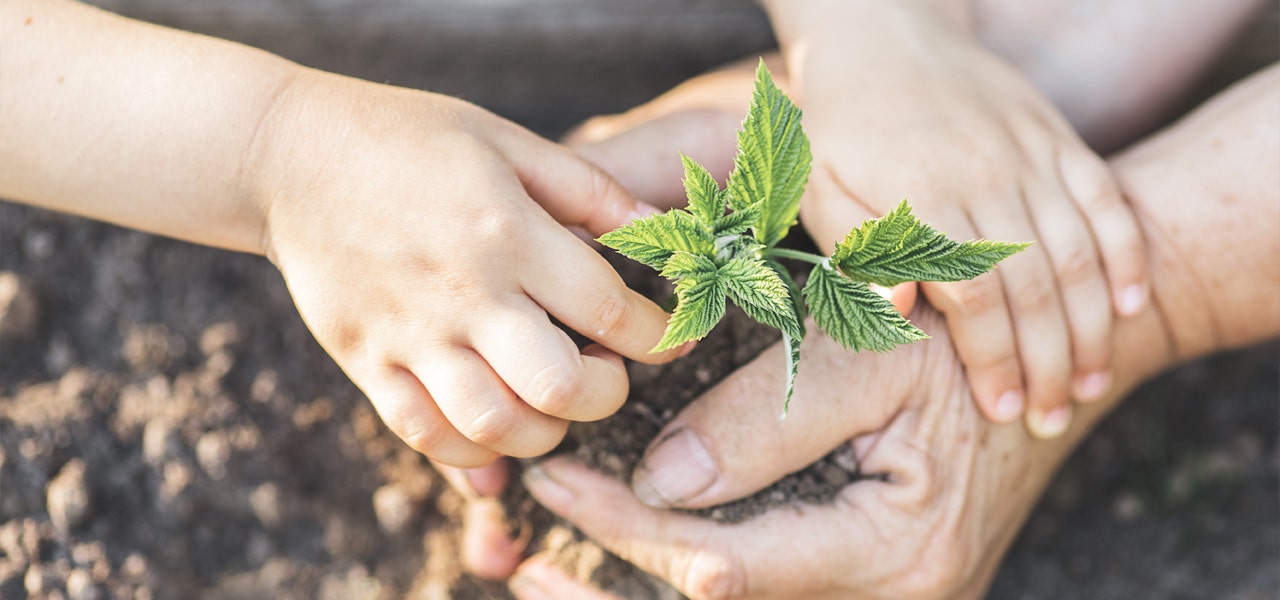

12 Steps to Healthier Climate Change Discussions
With our younger children and with our parenting coaching clients, these 12 steps have been consistently effective in teaching kids about climate change and the environment without scaring them. This approach supports children by tapping into their power to be a part of the solution instead of feeling overwhelmed by the problem.
1. Lead by Example
Before bringing up climate change and the environment to your kids, take a look at how you can lead by example. Watch and read materials on the subject and make what choices you can to minimize your own harmful environmental impact. Children learn primarily through watching what we do so be sure you are recycling (and washing out those food containers before tossing them in the recycling bin), cutting back on single use plastic, and reducing your fuel usage as much as possible.
2. Make it Fun
If caring for the environment feels like drudgery, it quickly becomes scary. One of our clients found that their children had fun helping clean up trash in their area by making it a scavenger hunt. You can also try creating art out of found objects or viewing age-appropriate materials that celebrate the environment. There are likely wonderful children’s books, videos, and programs at your local library. Finding community-connecting opportunities and sharing in the responsibility creates a positive association and lowers stress.
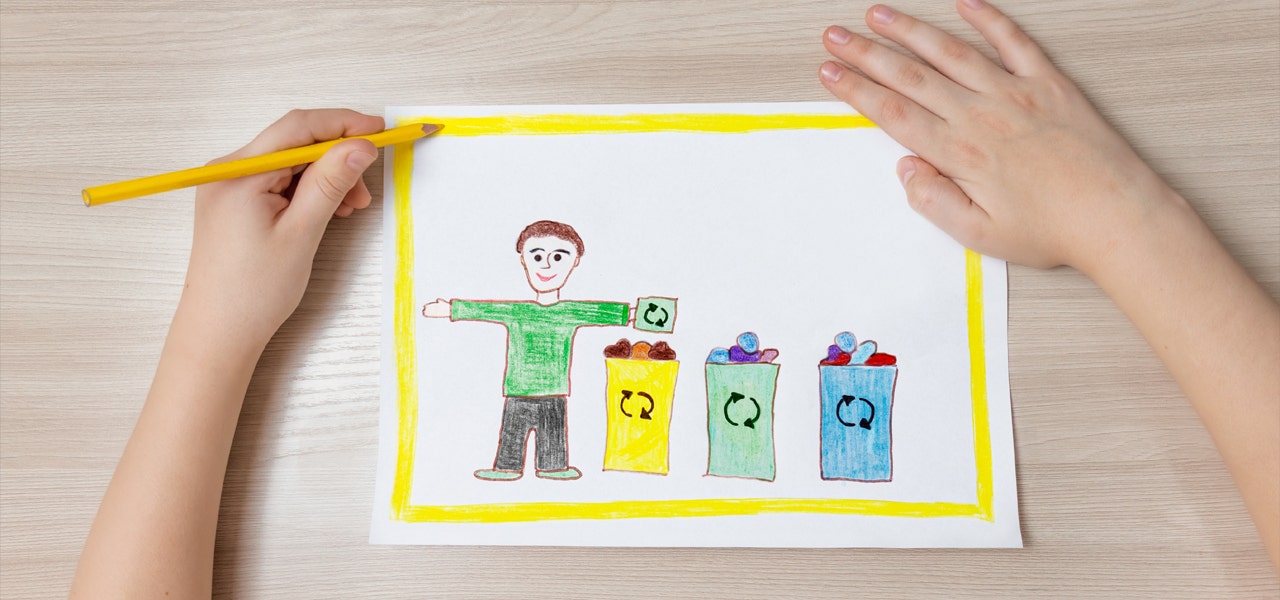

3. Start Early or ASAP
We made the mistake of waiting until we thought our children could handle the information (and then they got too much info at once). Kids can handle more than we think they can, particularly if we’re making it fun and going slowly. Maybe don’t lead with injured sea turtles. Even with babies and toddlers, we can talk about how we recycle to help take care of the earth or why we’re going to walk instead of drive because it’s good for us and our animal friends. Look for ways to gently introduce the topic and remember it’s never too late to start.
4. Have Micro-conversations
As parent and relationship coaches, we strongly encourage micro-conversations for most heavy or difficult issues. Not every topic needs a big sit down “talk” for there to be effective communication that something is important. In fact, having an ongoing series of tiny conversations that are 3-5 minutes on a topic can help ease into more lengthy discussion.
These casual micro-convos can give us a sense of how sensitive and anxious our child is without overwhelming them and they can happen at the same time as other activities, such as on the drive to school or while cooking together. Multitasking during these micro-convos takes the pressure off.
5. Ask Questions and Let Them Lead
Avoid the “Mo-om, I already know all this” reaction by asking them what they know or think about the issue. For younger children the phrase “I wonder how/if/what…” is a great way to encourage them to start wondering too and you may be surprised by what they observe. Follow their lead and if they have questions, answer them honestly or admit when you don’t know and you can look it up together. Chances are, you’re going to be learning a lot from them.
6. Do it Together
When you don’t know (and even when you do), working together to find information while you follow their lead allows you to monitor how your kids are responding to what they are learning. Listen to experts, watch documentaries, read articles and reports, get involved in community activities, and discuss together, checking in regularly to see how they emotionally and mentally process the information and experience.
If at any point your child seems to shut down, become overwhelmed, or get emotional or angry, ask if they need to take a break or talk about it. Some emotional reaction is appropriate and good. We just want to be sure our children aren’t being flooded with guilt, fear, or rage that their brain isn’t ready to handle.
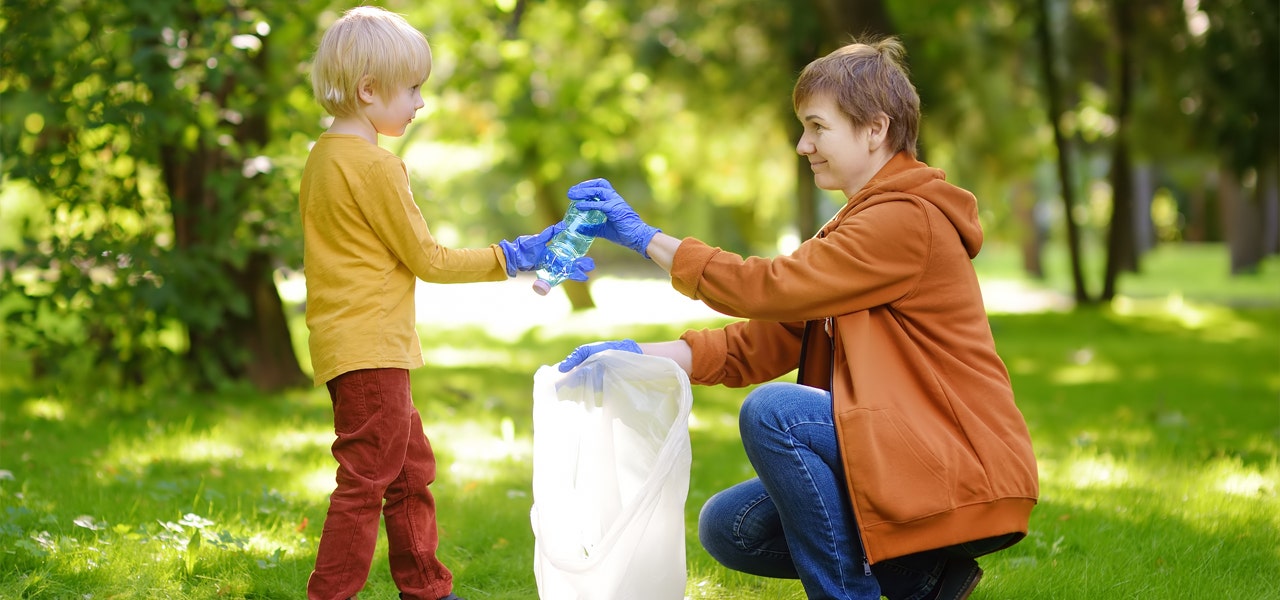

7. Invite Them to Problem Solve with You
When learning about environmental concerns and climate change, it can be easy to feel like the problem is too big to tackle. Let your kids know it isn’t their problem to solve alone. We all have to work together but you value their contribution because they are creative thinkers. Remind them and you that you don’t have to fix everything on your own today – it’s a slow and steady process.
8. Develop Family Agreements
As solutions for your own family emerge regarding sustainability and environmental impact, continue working together. Come up with agreements for the whole family to have accountability and support. These may be agreements about spending choices, power usage in the home, recycling practices, or transportation decisions. For example, in our family, the vehicle we have is for fuel economy and, no, it’s not the coolest looking vehicle in the school pick up line.
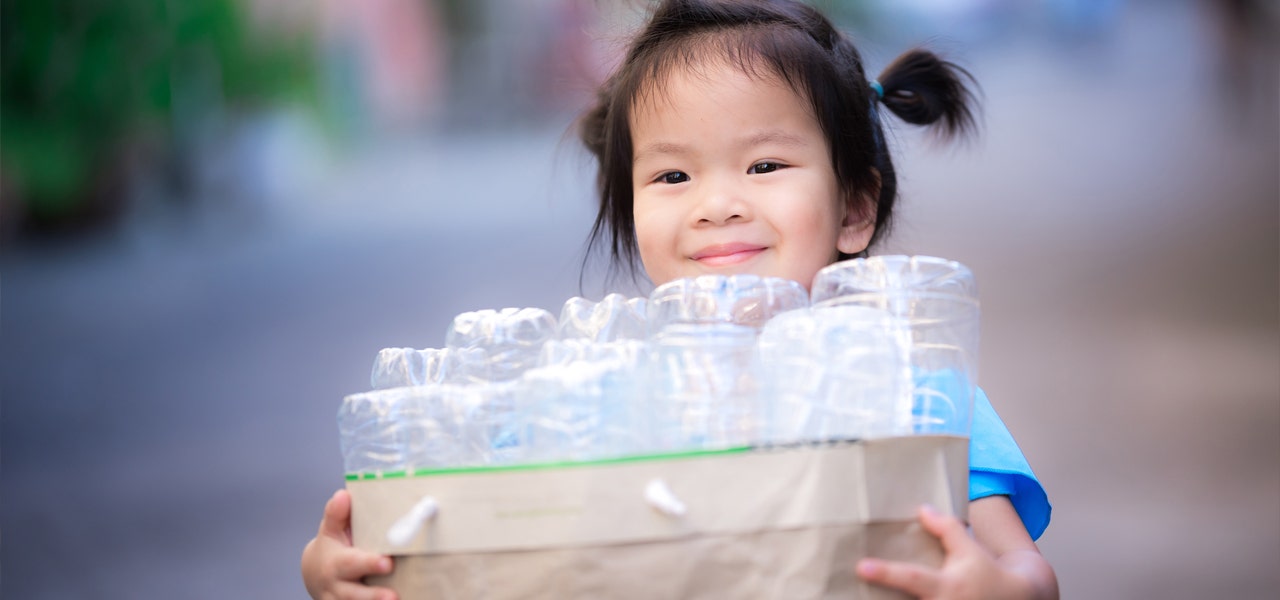

9. Advocate Together in your Communities
When our children start seeing they have some power to do something about climate change, it becomes a little less scary. Support them in harnessing that power in other settings to impact community change. School, church, clubs, after-school activities, etc. are great places for your child to have your support in making those settings more sustainable as well.
Maybe it’s encouraging reusable water bottles at sporting events, setting up recycling receptacles by trash cans at practice, or speaking with school administrators about reducing waste in the lunchroom. Knowing you’ve got their back will make all the difference in your children not feeling helpless when they address climate change.
10. Normalize Sustainable Choices
In the home and out of the home, continue leading by example by normalizing sustainable choices such as shopping in bulk (with less packaging), bringing your own bags, bringing your own mug, reducing/reusing/recycling, walking, using public transportation, etc. Can you try making environmentally friendly DIY cleaning products? Always look for small ways to allow the sustainability effort to carry through your lives.
11. Do One Thing
We can’t change everything at once and trying to will lead to burnout and frustration. Sometimes, it can even give us a resounding sense of failure. Make it OK to just Do One Thing at a time.
12. Celebrate all Progress
If we’re only ever looking at how far we have to go rather than how far we’ve come, we’ll be discouraged and lose the joy that keeps us going. It’s a both/and situation. Keep looking to where we’re going but take time to recognize the steps taken so far. Get out into the world we’re trying to save and enjoy it, celebrating all progress big and small.
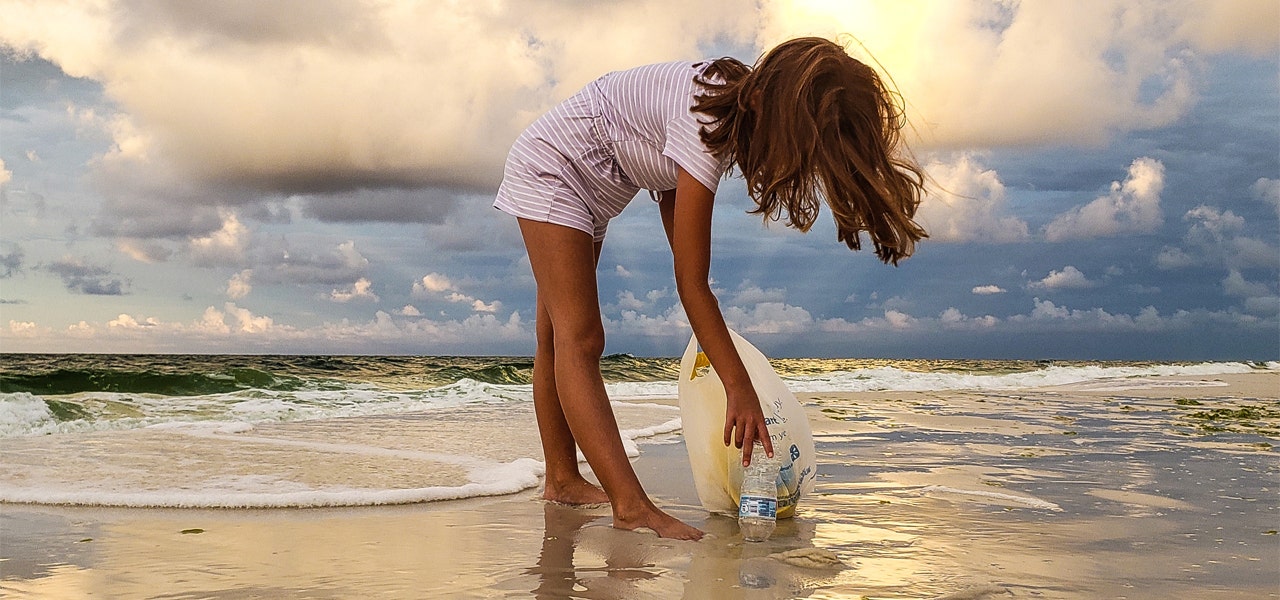

Every few years, our family sorts our trash again, though not quite on that scale. We take an honest look at what we’re throwing away and assess what we can change. Old habits sometimes creep back in and together we can spot when we’re sacrificing long-term earth protection for momentary convenience and adjust accordingly.
More than 10 years after accidentally traumatizing our children with climate change, we have found a way to make sustainability a priority while also protecting our joy and mental health. We know about the harm human impact can have on the earth and the creatures we share this world with but we balance that out and, though we get angry and sad, nobody is traumatized. Concerned, yes, but the kids and I aren’t scared – we’re committed.
 BABY
BABY  KIDS
KIDS  ADULT
ADULT  LEARN
LEARN  STORES
STORES 
